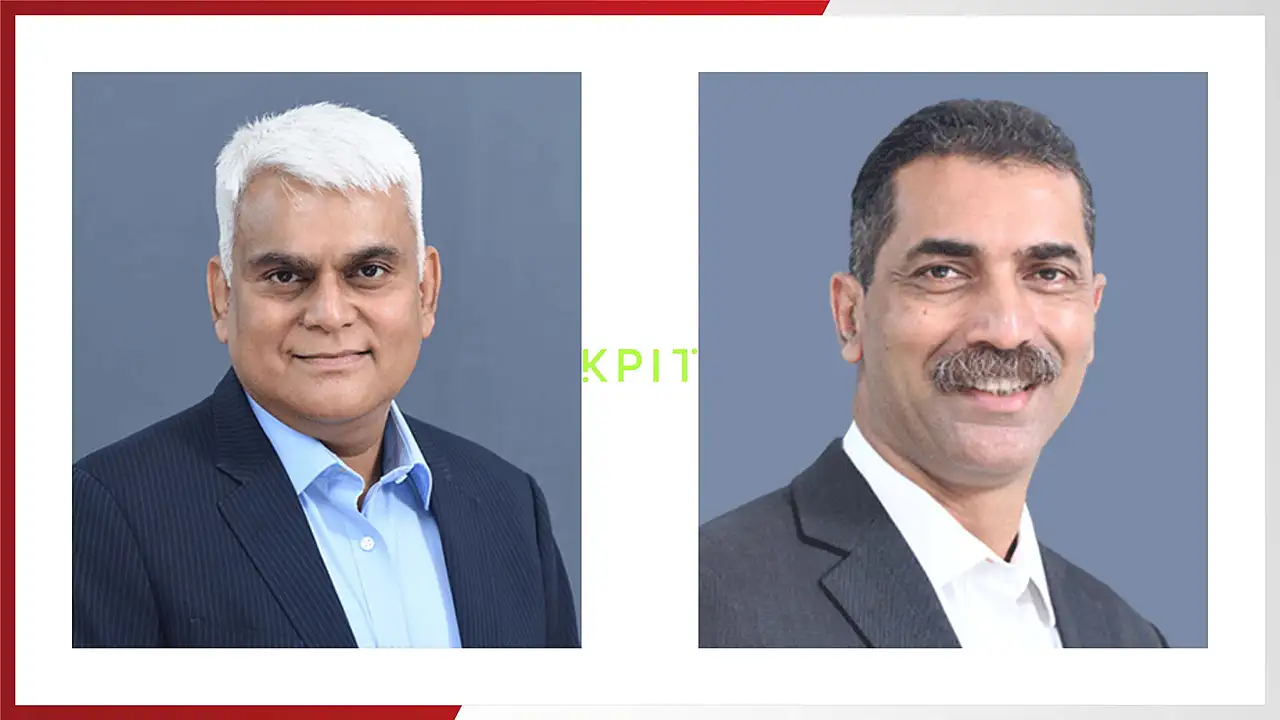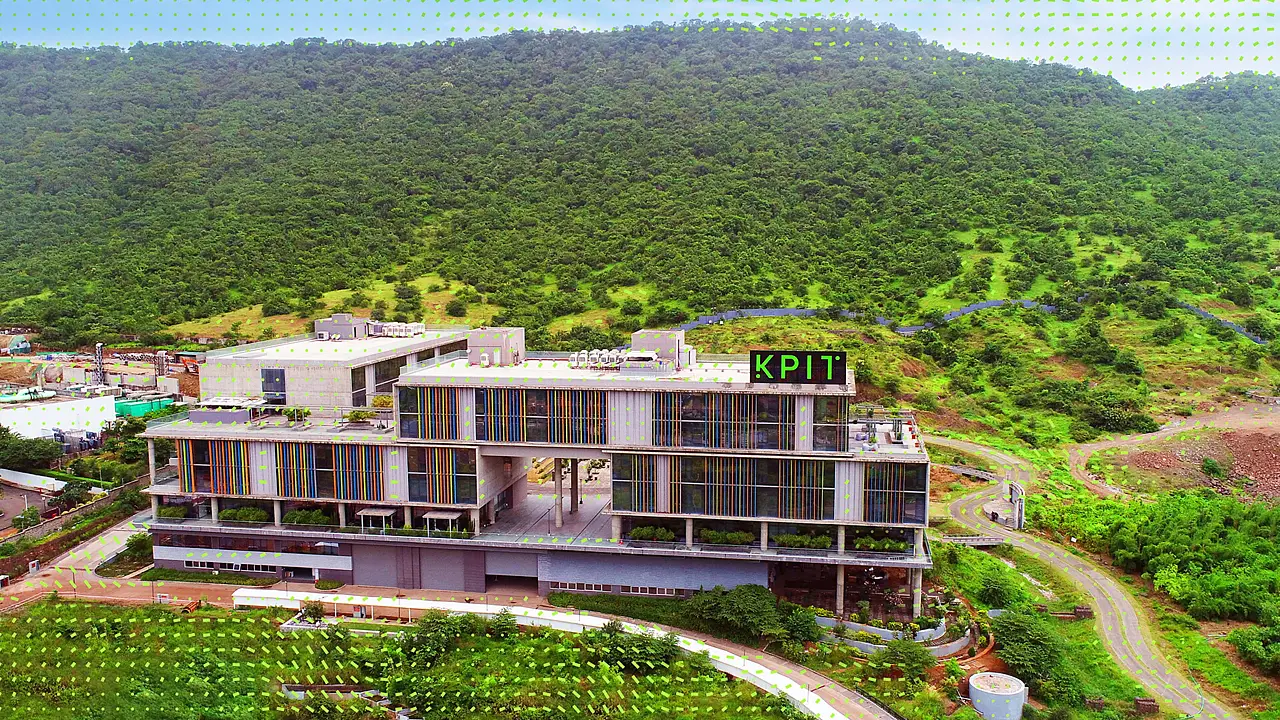
Software content in modern vehicles has grown significantly. Time was when original equipment manufacturers (OEMs) used to source tech components from Tier-1 companies such as Bosch and Continental and the like. With the arrival of Tesla on the automobile scene, software has become the fulcrum for developing a futuristic automotive ecosystem. Ipso facto, this has pushed OEMs to own the software. Perhaps, OEMs are veering round to the view that software ownership will help them develop it further and offer more features to customers.
Not surprisingly, the role of software integrators such as KPIT has become critical since they know how to offer the best possible solutions to OEMs.
KPIT has been in IT and engineering services since 1993. Somewhere in the early 2000s it got somewhat serious about focusing on manufacturing. Automotive industry has become one of its core verticals. A significant partnership with Cummins further helped drive focus in the automotive sector. “We realised that KPIT will anchor on areas where we can utilise our domain knowledge and deep technical expertise. This was the only way we could be in a position to compete with much larger brands and become the best in the very niche that we defined,” said Kishor Patil, Co-founder, CEO & MD, KPIT Technologies.
As the world was about to shift towards software-on-wheels, the leadership of KPIT was able to build on its core strengths. Just fast-forward to 2023. KPIT has already made massive strides in the automotive domain forming crucial partnerships with Honda and Renault for the next generation of Software Defined Vehicles. QORIX is yet another initiative where KPIT has partnered with ZF for middleware solutions. The company, in the meanwhile, has been working towards electric vehicle solutions developing BMS firmware for several clients, including the likes of BMW.
“We were very clear in realising that we want to aim for global leadership based on skill and competence” said Patil. The most important asset for the brand is its talent pool, which is 12,000 strong spread across KPIT’s offices in India, the U.S., the U.K., France, Thailand, China, Korea and Japan. “Proactively preparing solutions for the future of the automotive ecosystem is what we are strong at. And, all these come from a team which is very strong in understanding technology,” he added.
Simplification
With numerous jargons getting tossed around every day – such as IoT (Internet of Things) , SaaS (Software as a service) , middleware, kernel, OS (operating system) , HPC (high performance computing), abstraction and what not - it is quite complicated to understand the role of software in vehicles. Happily, Anup Sable, Chief Technology Officer, was at hand for KPIT to simplify the critical role that software and middleware play in working with hardware. “All the components in an automobile - be it the engine, steering, suspension and even the radio - have become smart because of the use of software,” said Sable.

Earlier, sourcing electronics was spread across the supply chain. Tier-1 suppliers would provide some components and some others would come from Tier- 2 supplies and so on. So, an OEM had a hard time coordinating with the time-lines and supply challenges of multiple suppliers. This also increases the complexity in integration of these components that are being bought from multiple sources. This is where software integrators step in and solve the problem. The hardware and basic electronic set-up can be sourced from multiple suppliers. Software can then become the key to co-joining all the components. This also opens up possibilities for offering more customised features to customers, where obviously every OEM wants more control.
“The power to address consumer requirements - being quick to respond to concerns and being differentiated as a result of that - comes by the control of software for an OEM,” said Sable.
Real-time Response
The other complexity comes in the form of the real-time nature of response from vehicle software. This means the multiple layers of software that Sable talks about have to work seamlessly for maximum performance and safety.
KPIT works between these layers right from the hardware abstraction layer (HAL) to the operating system (OS) and the kernel, including the middleware and other complicated bits. Working up towards the application software is the core strength of KPIT. A team of specialists are always on hand to solve any new hardware/software challenges that creep in through the development cycle of a new product.
The next level is the rise of central computing architecture against the current crop of distributed computing, which will dedicate a more powerful computer (one or more as required) to take central control of all micro-electronics. This would mean additional functionality can be delivered through the same sensors. These may be upgraded through OTA (over-the-air) updates as and when required by a customer. All these new features that can be added over the ownership of a vehicle can only be possible through software, and can be made seamless through this central computing architecture. “This makes it easier for software application engineers to develop new features, but makes it extremely difficult for middleware developers. This is the bracket where KPIT works very closely with OEMs to make the structure efficient and robust,” said Sable.
Entertainment and safety features are going to be the most sought after business cases for SDV (software-defined vehicle) OEMs. A plethora of infotainment features, which will soon be integrated with payment gateways, will allow manufacturers to offer additional content and functionalities for its customers. Other ADAS (advanced driver assistance system) functionalities such as lane assist and GPS (global positioning system)-guided parking assist are SaaS features allowing owners to pick and choose the duration they want to use them, and keep them deactivated when not in use.
Market-friendly
The market-friendly ADAS Level 2+ semi-automated driving segment will be most efficiently utilised as the gap between Level 2 and Level 3 gets explored further. As the development of Level 3 conditional automation is more expensive, the Level 2 partial automation cars can handle more at efficient input costs. KPIT engineers have been exploring and formulating more futuristic solutions for OEMs as the level of autonomy is rising in cars.
Expanding on the future plans of KPIT, Patil said: “Commercial vehicle segment is growing very quickly, and off-highway is another area we will be working on going forward. A lot of companies want to form joint ventures with us, but that is not the right business policy that we want to pursue”. Clearly, the SDVs will be a strong transition for the automotive industry, and software integrators such as KPIT have appeared to have fool-proof solutions already prepared for OEMs.
Also Read